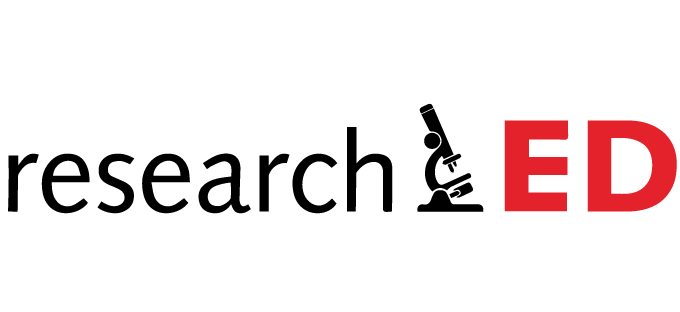Back in 2012, following the launch of one of the very first 1‑to‑1 tablet programmes in a UK school, a parent approached me at the Open Morning event and said, “I love the way you’re preparing children for the future.” I smiled and replied, “I’m not sure we’re doing that. We’re just preparing them for the present.”
It wasn’t a prepared response, and I didn’t mean to be facetious. I’ve just never thought it wise to plan other people’s futures for them, especially when it comes to children. I’ve always been cautious about projecting my biases onto any prediction. After all, when you’re a hammer, every problem looks like a nail.
That’s why I’ve remained healthily sceptical of concepts like “21st‑century skills”, which often turn out, when scrutinised, to be perfectly timeless ones: communication, problem-solving, curiosity. The sort of skill Cicero might have recognised. In any century, not just the 21st. You see, I’d rather we focus on teaching students what we know today, equipping them with the clarity, confidence and literacy they need to become the architects of their own tomorrow, not the future some old teacher (me!) can imagine for them.
(more…)